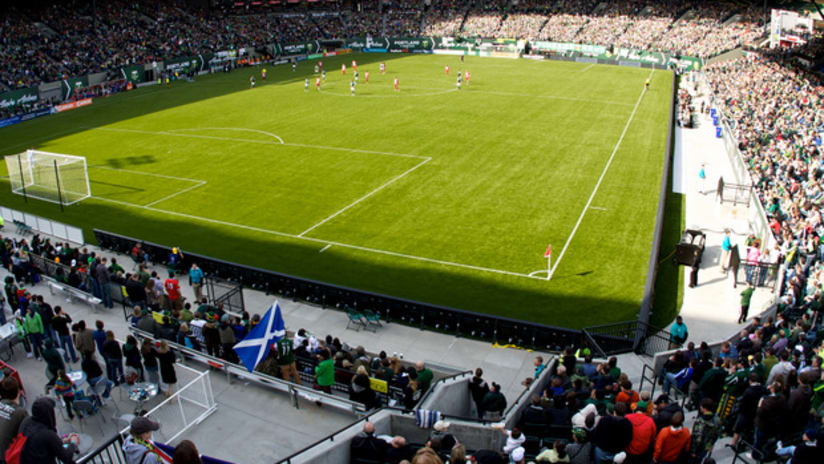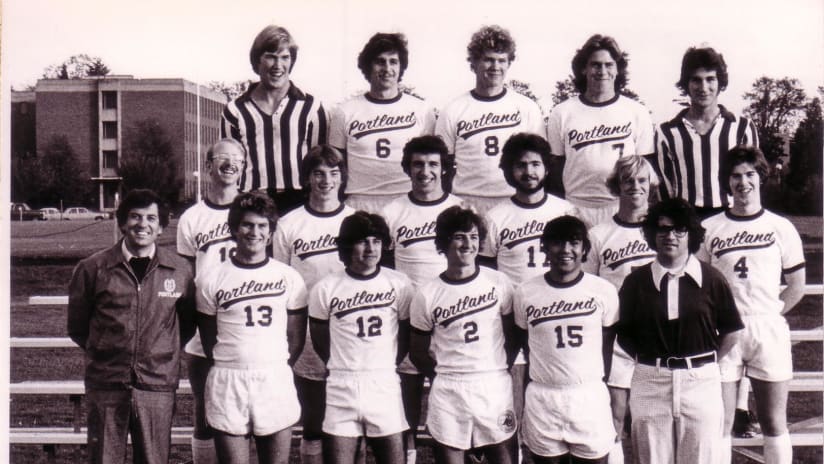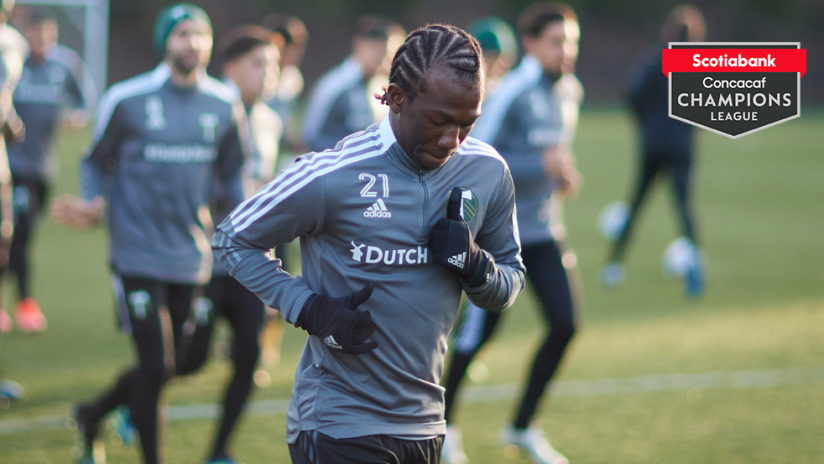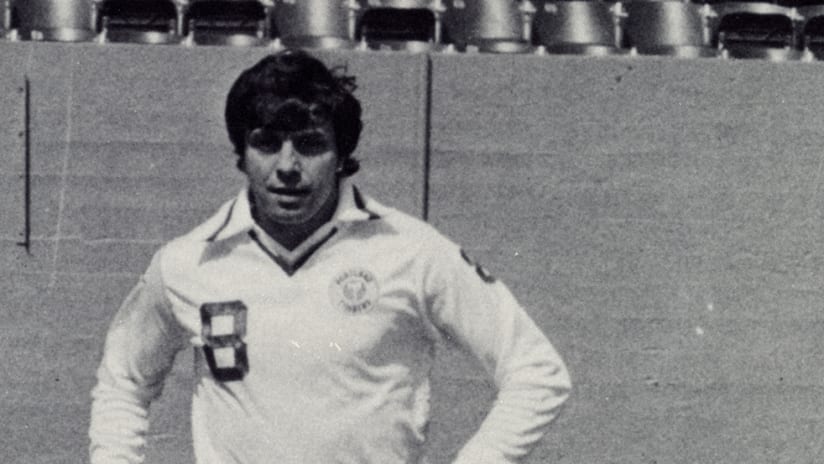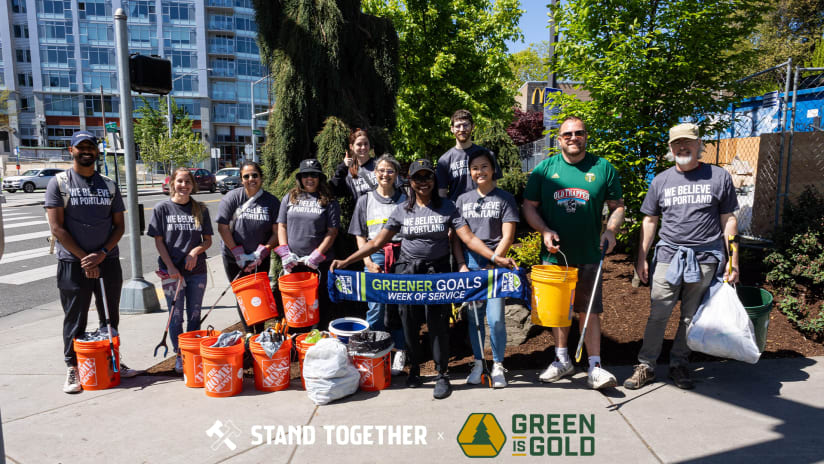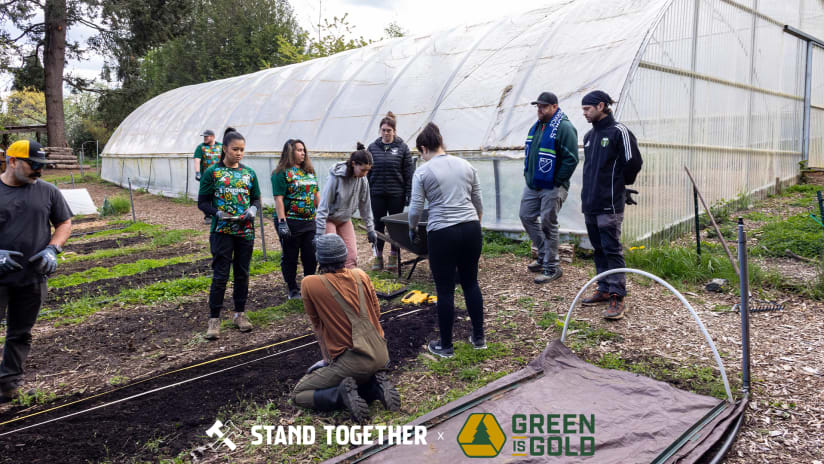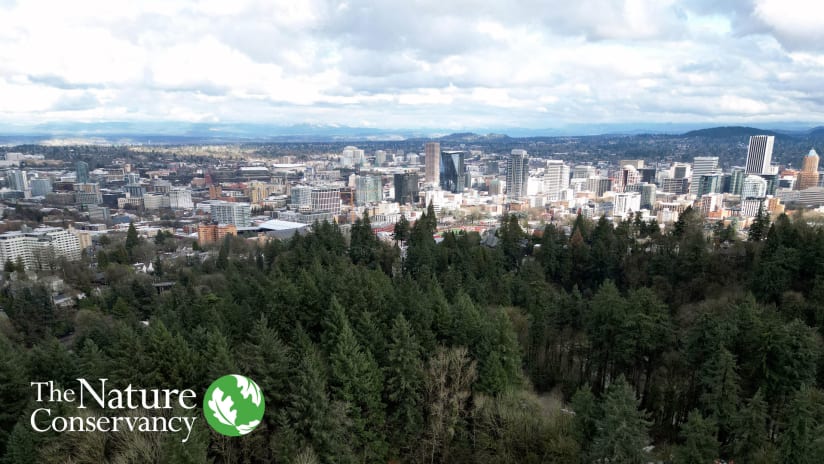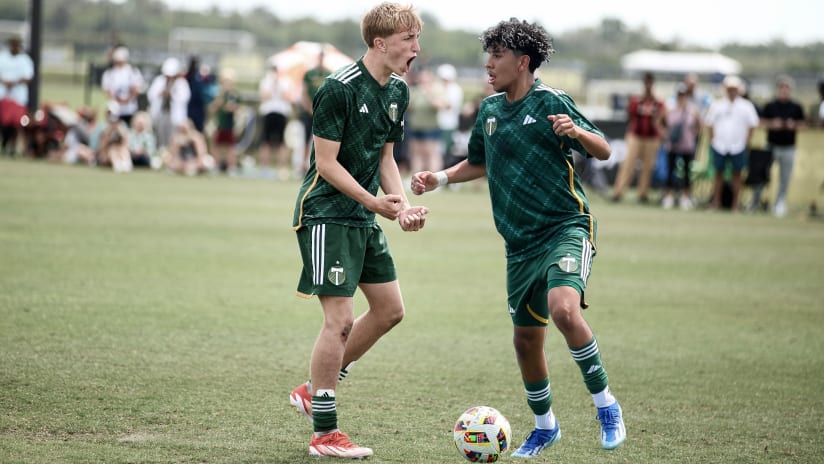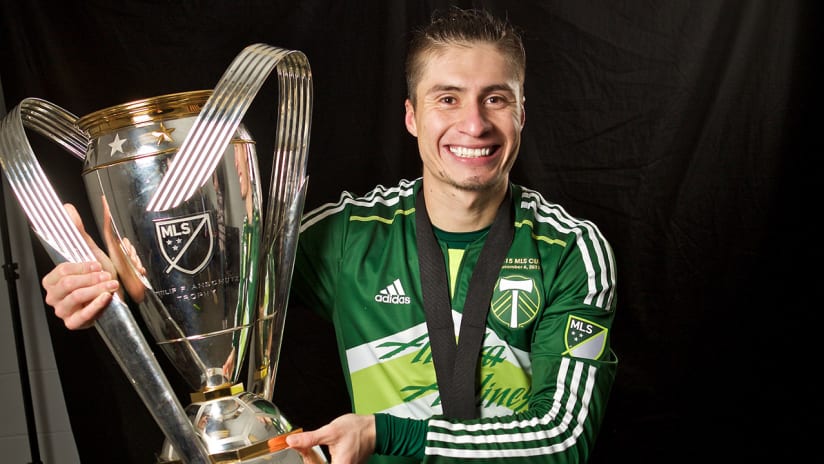The vibrant green playing surface that greets fans as they emerge into the stands at JELD-WEN Field has more to it than meets the eye.
Underneath the green blades and painted white field lines are complex layers of unique drainage systems, alternate layers of silica sand, fine grades of rubber infill, and a custom-made, technologically advanced backing, or “e-layer,” that holds it all together.
The result is a pitch that was recently awarded the prestigious FIFA Recommended 2 Star rating. The top rating for turf, the 2 Star rating means the quality is high enough to host FIFA final-round competitions. UEFA Champions League matches have played on FIFA 2 Star-rated pitches and with JELD-WEN Field, it becomes one of only three in North America (New England Revolution and Vancouver Whitecaps FC are the others) with this top rating.
In a climate known for heavy rains, it comes as no surprise that a field in the Northwest would require an excellent drainage system. Most pitches are laid out with a curve to them cresting in the middle and then dropping off at the edges to drain. “Ours doesn’t,” said Ken Puckett, Portland Timbers Senior Vice President of Operations. “Because our drainage system runs underneath in a special herringbone pattern, the field is able to stay flat which allows for a truer roll of the ball and exceptional performance.”
On top of this drainage system is the custom-made e-layer backing—a $1 million-plus investment that lasts forever and provides added cushioning even in the coldest or rainiest weather. This lowest layer consists of a backing mat that is 40 percent porous, and can take 10 inches of rain an hour.
The addition of this e-layer was a top priority for the Timbers and serves as a permanent, elastic shock pad that both reduces the risk of player injury and enhances the quality of game play. This is laid on 4 inches of popcorn porous asphalt.
The old plastic turf that served as the top layer for the Timbers and the Portland Beavers for a decade was noticeably bouncy and the fibers were short and tightly packed. Last winter, construction vehicles used it as a welcome mat while JELD-WEN Field was renovated. It was then torn out and the existing surface, made by Chicago-based FieldTurf, was installed in February 2011.
“Turf recovers quickly,” said Jim Froslid, FieldTurf’s US Director of Soccer Development in a recent phone interview. “If you look at number of events you can hold in a stadium, the difference is like night and day. You can use our surface 3-4 times a week.”
With the new FieldTurf surface, there is a potential for a greater volume of different events.
Portland State University’s football team will be playing at JELD-WEN Field next fall. It was unthinkable that the Timbers could potentially be in an important late-season match or an MLS playoff game with a grass surface that just days before had been cut up by 300-pound linemen.
The FieldTurf surface at JELD-WEN Field, though, has been designed specially to mirror elite levels of playing characteristics for soccer. The effect is to approximate the feel of real sod.
Photo: Joseph Gallivan
Portland’s model of FieldTurf is called Duraspine PRO. The “spine” refers to the curve that runs up the middle of each “blade” or fiber. It helps the fiber spring back when it’s compressed, preventing the ball from rolling too quickly.
Fans at pitch level may have seen sheets of water thrown up as players slid around on that rainy opening night against the Chicago Fire. What was more surprising was that on dry days since then, sprays of black material are constantly thrown up by fast-moving players. This is called the splash. It’s made up of cryogenic rubber that is shredded tires that are then frozen and smashed to form granules.
It provides for a quality of play that the players have noticed. “I really like [the field], even in the rain it looks great and plays great,” said Timbers forward Kenny Cooper.
He has found he gets slightly better traction on artificial turf than grass and it doesn’t cut up. “With artificial turf you can maybe expect more of a true roll,” said Cooper.
This is due, in part, to how Puckett and his staff prepare the pitch.
Said Puckett, “Prior to games, we water down the field to get the rubber infill to lay more level, provide better traction, and help the ball play truer. We also use a grooming machine—kind of like a Zamboni used for hockey rinks—every six weeks that runs over the field to comb the fibers and redistribute the rubber particles.”
That combination of specialized e-layers, precision care, and advanced FieldTurf are all elements of how the field won the FIFA 2-Star rating. Turf is tested with a 12 inch by 12 inch turf square by FIFA in a laboratory for “durability, joint strength, climatic resistance, player-to-surface interaction and ball-to-surface interaction,” according to FieldTurf’s literature.
It if makes the grade, inspectors visit the actual pitch and do more tests, including measuring “roll, vertical rebound and how the ball behaves when it strikes the surface at an angle.”
For the Timbers, the new pitch—and the stadium that houses it—have become an excellent home for soccer.

